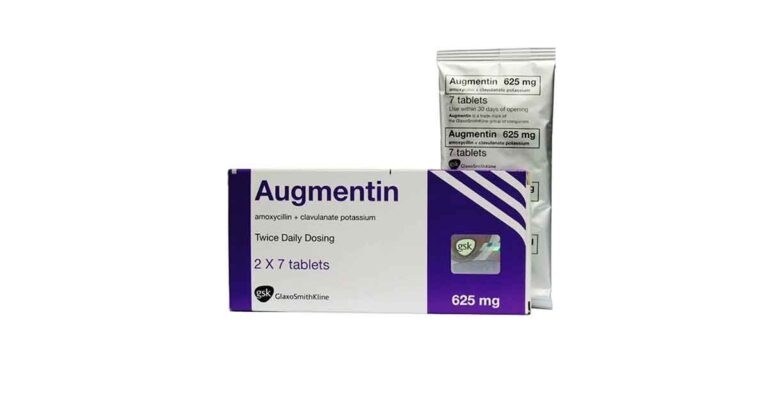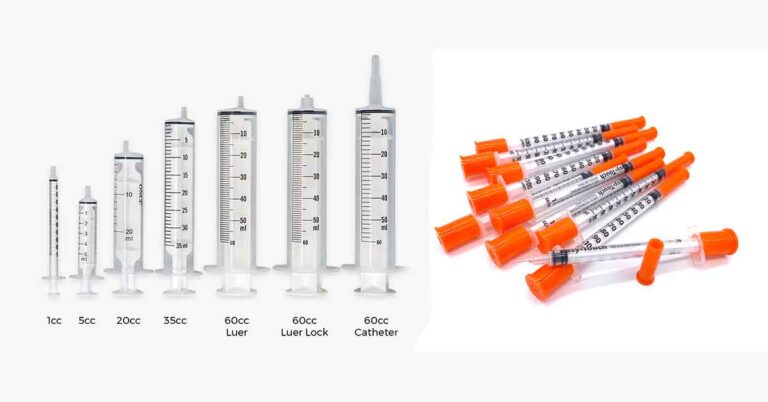There are different healthcare plans available to US citizens and residents. The two main healthcare plans are medicare and medicaid. Apart from the two plans, we also have other health care plans such as TRICARE, COBRA, Liability insurance coverage, Workers’ compensation, and Private insurance coverage (such as group health plan or retiree coverage). But our focus is on Medicare and Medicaid.
Before we explain the differences between medicare and medicaid, we will explain the meaning of the terms.
Meaning of Medicare
Medicare is a health insurance program for people who are 65 years and above. It is also open for people below 65 year that have disabilities and are entitled to Social Security disability or Railroad Retirement Board benefits for 24 months. People of any age that have End-Stage Renal Disease (ESRD) (permanent kidney failure requiring dialysis or a kidney transplant) can access Medicare.
Original Medicare is a fee-for-service health plan, and has two parts.
Part A (Hospital Insurance): This part covers hospital inpatient care, hospice care, nursing facility care, and home health care. If the person or the spouse has paid Medicare taxes while working for a given period, there will be no need to pay a monthly premium for Part A coverage (also called premium-free Part A). If not, the person may buy Part A.
Part B (Medical Insurance): Most people pay for the standard Part B premium. It covers outpatient care, home health care, services from doctors, other healthcare givers, preventive services such as screenings, ambulance services, shots or vaccines, yearly wellness visits, and Durable medical equipment (DME) like wheelchair, walker, hospital beds etc.
Alternatives to Original Medicare:
Part C (Medicare Advantage): An “all in one” bundled plan with Part A, Part B, and usually Part D. It may have a lower out-of-pocket costs than the Original Medicare, and may offer extra benefits such as hearing, vision, dental services.
Part D (a stand-alone prescription drug coverage): Covers the cost of prescription drugs like shot, and vaccines. They are run by private insurance companies and helps to lower drug costs of outpatient prescription drug coverage.
What is Medicaid?
Medicaid is a joint federal and state program to pay medical costs for people with limited income. Other categories of beneficiaries are children under 19 years, people of 65 years and above, pregnant women, people with disabilities, youth “aging out” of foster care, adult, or parent caring for a child. In some states, an adult without dependent children can access it.
Medicaid is operated by the state governments using the national guidelines and polices. The eligibility varies from state to state under the Affordable Care Act, with some states offering expanded coverage.
Health care benefits from Medicaid include necessary medications, hospital stay, doctor’s visits, mental health care, long term services and supports, prenatal and maternity care, vision and dental care for children and preventive care such as immunizations, mammograms, colonoscopies.
Some states also cover physical therapy, prosthetic devices, vision, and eyeglasses etc.
Medicaid is open to US citizens and permanent residents. If you qualify for Medicaid, you also qualify for Part D (Extra Help paying your Medicare prescription drug coverage)
A State Medical Assistance (Medicaid) office can be contacted to check if you are eligible for Medicaid.
Differences Between Medicare and Medicaid
The major differences between medicare and medicaid are highlighted in the table.
| Medicare | Medicaid |
| Medicare is a federal health care coverage | It is a joint federal and state health care coverage |
| Open to people at any age with end-stage renal disease, people aged 65 and above, and people under 65 with disabilities | It is open to persons with low income, pregnant women, and children. |
| Medicare partially covers for some health care services. | Medicaid may have coverage for services such as personal care, nursing home care, transportation to medical services, home- and community-based services, dental, vision, and hearing services. |
| Medicare is accessible to immigrants with permanent residents (must have green card and have lived in the US for at least 5 years). Undocumented immigrants are not eligible. | In order to access Medicaid and Children’s Health Insurance Program (CHIP), most qualified non-citizens or immigrants (such as many LPRs or green card holders) have a 5-year waiting period. Exception to the five-year wait are refugees, asylees, or LPRs who used to be refugees or asylees. |
| Medicare is the nation’ primary payer for inpatient hospital services for patients with end-stage renal disease, and the elderly. | Medicaid is the nation’s primary public payer of long-term care services, mental health services, and 40 percent of all births. |
Can I be Eligible for Both Medicare and Medicaid?
Yes. Some people have both Medicare and Medicaid coverage, and hence most of their health care costs are covered. They are called “dual eligibles.” The Medicare coverage is either Original Medicare or a Medicare Advantage Plan.
For the dual eligibles, Medicare covers Part D prescription drugs, while Medicaid covers other medications not covered by Medicare.
References:
- https://www.medicare.gov/Pubs/pdf/11306-Medicare-Medicaid.pdf
- https://centersplan.com/share/pdfs/CPHL_Uploads/programbasics.pdf












